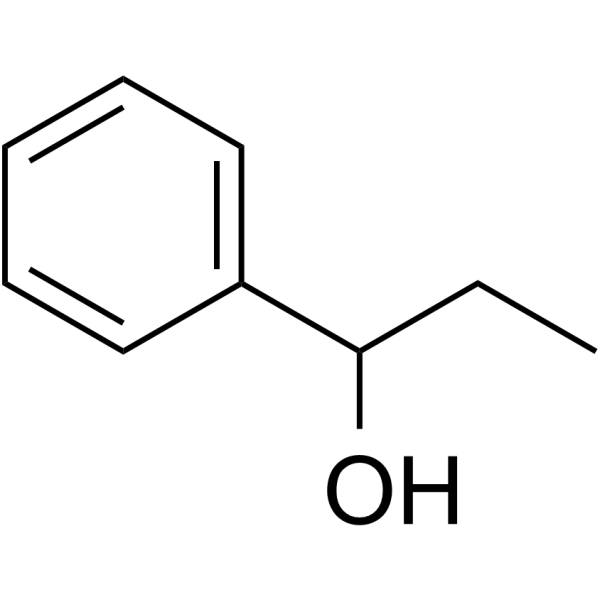Enantioseparation of 1-phenyl-1-propanol by simulated moving bed under linear and nonlinear conditions.
S Khattabi, D E Cherrak, K Mihlbachler, G Guiochon
Index: J. Chromatogr. A. 893(2) , 307-19, (2000)
Full Text: HTML
Abstract
Approximately optimum operating conditions needed to separate 1-phenyl-1-propanol (PP) enantiomers by simulated moving bed (SMB) were determined using the "safety margin" approach in the linear case and the "triangle theory" in the nonlinear case. Previous results showed the adsorption isotherm data to fit well to the competitive Langmuir model. This allowed the use of the triangle theory approach that applies straightforwardly to Langmuir systems. Experimentally, the operating conditions under nonlinear isotherm behavior were determined for a feed solution with a total concentration of 5 g/l. The purity of the products exceeded 98% for the raffinate and 95% for the extract. Failing to reach complete purity while the experimental conditions were chosen inside the separation zone is explained by the nonideality of the system used, which violates one of the triangle theory assumptions. The computed overall daily production rate was 11.6 g of racemic PP processed per day per kg of stationary phase, a result that compares favorably with previous ones.
Related Compounds
| Structure | Name/CAS No. | Molecular Formula | Articles |
|---|---|---|---|
 |
phenyl propanol
CAS:93-54-9 |
C9H12O |
|
Purification and characterization of 2-aminoacetophenone red...
2007-11-01 [J. Biosci. Bioeng. 104(5) , 416-9, (2007)] |
|
Study of the adsorption behavior of the enantiomers of 1-phe...
2000-04-28 [J. Chromatogr. A. 877(1-2) , 95-107, (2000)] |
|
Density functional theory studies on the inclusion complexes...
2012-03-01 [J. Mol. Model. 18(3) , 851-8, (2012)] |
|
Enantioseparation of 1-phenyl-1-propanol by supercritical fl...
2005-10-21 [J. Chromatogr. A. 1092(1) , 55-64, (2005)] |
|
Enantioseparation of 1-phenyl-1-propanol on cellulose-derive...
2007-08-24 [J. Chromatogr. A. 1162(1) , 74-82, (2007)] |